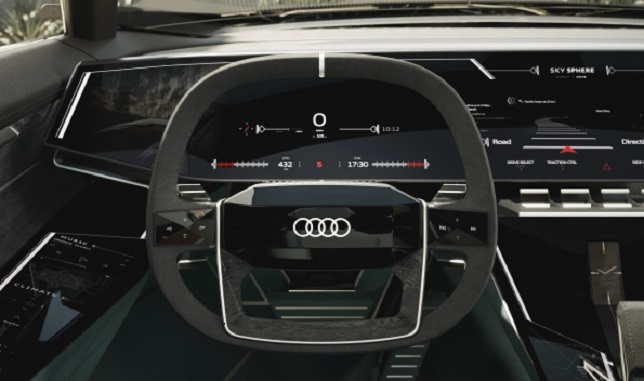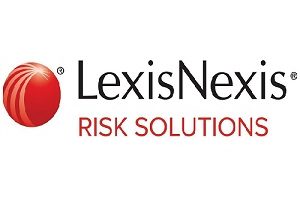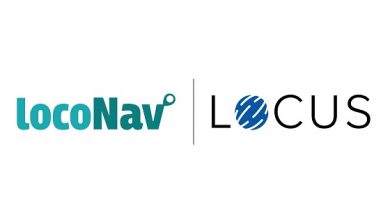Audi of America, Verizon partner to bring 5G to vehicle lineup

Verizon Business and Audi of America announced an agreement to bring 5G connectivity to the automaker’s U.S. lineup, estimated to begin with select models for the 2024 model year. The collaboration brings embedded 5G Ultra Wideband connectivity into Audi vehicles and provides the speed and telecommunication architecture necessary for highly personalized and augmented mobile services, new driver-assistance features, and connectivity-enabled innovations for the automated future of driving.
The embedded technology will allow a vehicle to connect to the Verizon 5G Ultra Wideband network to enable advanced driving features, connected services, and blazing-fast in-car Wi-Fi and infotainment. What 5G means for future customers:
- Passengers will be able to download or stream entertainment at higher speeds and with better quality than ever before
- Vehicles will be able to receive firmware and software upgrades over the air – much like a mobile phone – to help ensure in-vehicle technology remains current and capable
- Infotainment and navigation systems can be enhanced with HD/3D mapping and video, cloud-based user profiles, and mobile retail capabilities
- Cellular vehicle-to-everything (C-V2X) technology, which Audi and Verizon are developing for customers, designed to allow vehicles to respond to other vehicles and infrastructure around them for low-latency alerts and messages. The technology will be crucial to development of automated vehicles and safety advancements, such as providing a fuller view of vehicle environments beyond what drivers, vehicle cameras and radar systems can observe.
“Audi drivers will be among the first in the world to experience a new generation of automobiles, one in which their car is both a 5G mobile device and a vehicle,” said Tami Erwin, CEO of Verizon Business. “We’re proud to bring our transformative 5G networking expertise to a visionary partner like Audi, whose premium automotive engineering deserves second-to-none 5G technology to match.”
“Audi was the first automaker to bring in-vehicle Wi-Fi to customers as well as 4G LTE connectivity in the 2015 A3, and we will be among the first to bring the next generation of connectivity to our customers in the U.S.,” said Filip Brabec, senior VP, Product Planning, Audi of America. “We value our partnership with Verizon and their eagerness to push the boundaries of what’s possible as cars continue to become even more connected.”
Verizon is also partnering with all three major cloud providers for mobile edge compute services, which can be used to develop innovative safety and autonomous driving features. Mobile edge computing with 5G connectivity provides the low latency needed for urgent C-V2X communications, i.e., the ability for vehicles to communicate with other vehicles, connected infrastructure, and devices in the environment around them in near real-time. Through Verizon’s ongoing 5G network and mobile edge compute expansions and its relationships with automotive OEMs and research facilities, the company remains committed to the advancement of 5G-enhanced vehicle technology and superior driving and in-vehicle experiences.
Audi of America continues to collaborate with state departments of transportation, infrastructure providers, and technology providers to develop direct C-V2X communication that can protect vulnerable road users, including pedestrians, school children, road maintenance crews, and cyclists.
Verizon is aggressively expanding its high performance 5G Ultra Wideband network. The company recently deployed new C-band spectrum assets, vastly growing the coverage area of its 5G Ultra Wideband mobility service to parts of more than 1,700 cities around the U.S. In 2021, Verizon’s 5G mmWave cell site deployments nearly doubled the previous two years’ combined, and 5G Ultra Wideband data use increased more than 750 percent year over year. Verizon will continue to expand its 5G coverage, bringing 5G Ultra Wideband coverage to more roadway users on an ongoing basis.





